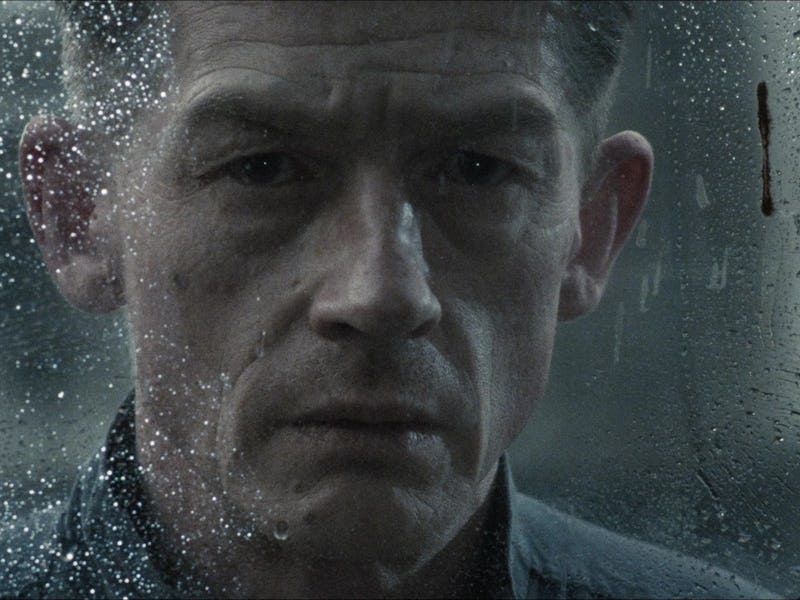Countless Dystopian Movies Owe Their Success to One Timeless Classic
Remember, you’re always being watched.

You know an artist has made a lasting impact when their name becomes an adjective. Such is the case with George Orwell, whose 20th-century novels — namely, Animal Farm and Nineteen Eighty-Four — introduced readers to dystopian realities so vivid, haunting, and enduring that anything even remotely resembling the events and details described in them is referred to as Orwellian. Suffice it to say, the author’s books haven’t lost their relevance or effectiveness.
Replicating the power of Orwell’s words is not easy to do. But while it doesn’t quite match the strength of its source material, writer-director Michael Radford’s adaptation, released in the title year, offers a powerful take on the seminal novel. The film is just as unnerving and bleak as Orwell’s work, and it’s just become available on Amazon Prime.
Nineteen Eighty-Four takes place in an alternate version of England ruled by a totalitarian regime known only as The Party. It follows Winston Smith (John Hurt), an ordinary London bureaucrat who dreams of a world and life better than the one he’s always known under The Party’s rule. He also finds himself having a secret, unsanctioned love affair with the free-spirited Julia (Suzanna Hamilton).
Their affair makes them both vulnerable to punishment by The Party’s secret surveillance force, the Thought Police. While saying much more would lessen the weight of the turns Nineteen Eighty-Four takes in its second half, the film uses Winston’s journey as a vessel to explore the insidious methods of power-hungry totalitarians, the dangers of constant surveillance, and how people’s thinking can be controlled and altered through fear and misinformation. In other words, don’t expect to be uplifted.
Visually, Radford’s film perfectly reflects the bleakness of its story. The film’s cinematography, done by a then-up-and-coming Roger Deakins, paints its dystopian London as a world drained of all color (and, therefore, life). Whether its the way the paleness of its actors’ skin matches the dull grey and white walls of its sets, or the sheer drabness of the costumes, Nineteen Eighty-Four believably brings to life a society that has successfully managed to erase any trace of humanity’s collective resiliency and spirit.
Michael Radford’s big-screen take on 1984 is a fittingly haunting dystopian drama.
The film’s visual effectiveness is heightened by John Hurt’s central performance as its unassuming protagonist. As Winston, Hurt manages to seem innocent and curious whenever the film asks him to be, and hopelessly defeated when it doesn’t. His raw, emotionally mangled performance makes the intellectual horrors of Nineteen Eighty-Four’s story feel real, and Hurt also expertly evokes some of the non-verbal tragedy found in Orwell’s novel.
Also crucial to the movie’s success is Richard Burton’s cold, unwavering performance as O’Brien, a high-ranking Party member who takes a particular interest in Winston. It’s in Burton and Hurt’s scenes together that Nineteen Eighty-Four comes the closest to recapturing the weight of Orwell’s novel. Their conversations alone make the movie worth watching, but the film as a whole, much like its source material, hasn’t lost any of its power.
Nineteen Eighty-Four is now streaming on Amazon Prime Video.
This article was originally published on